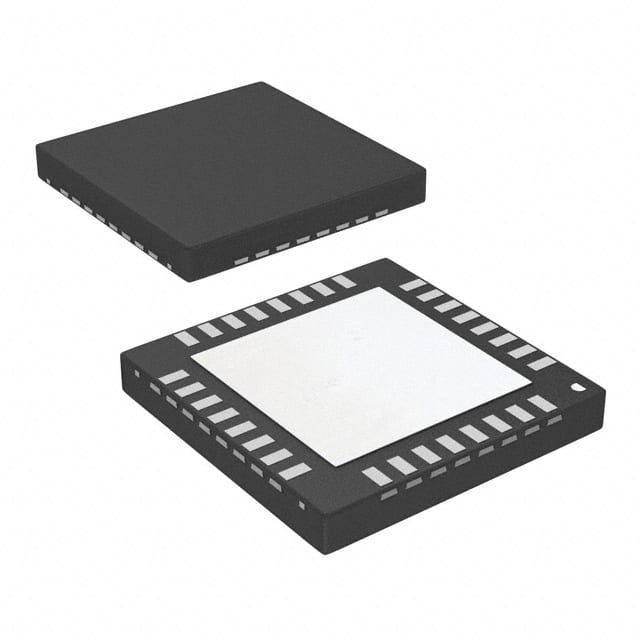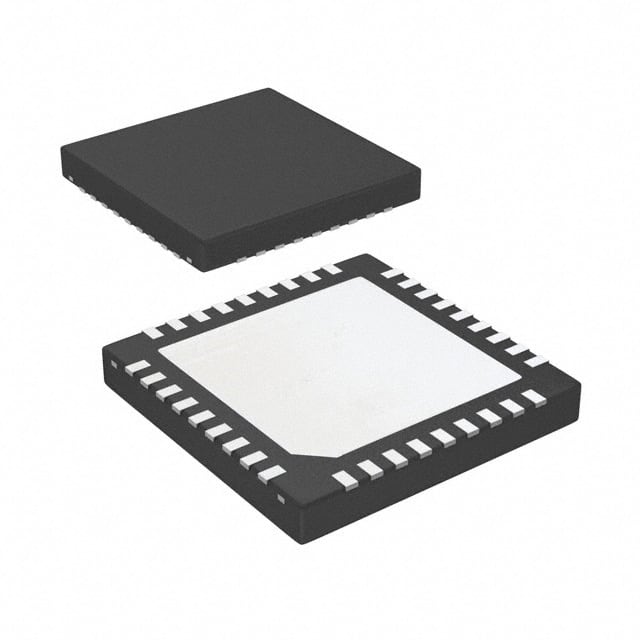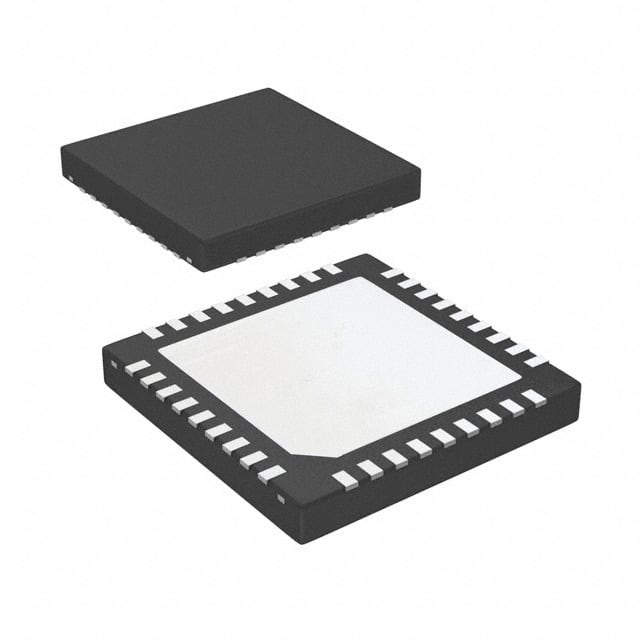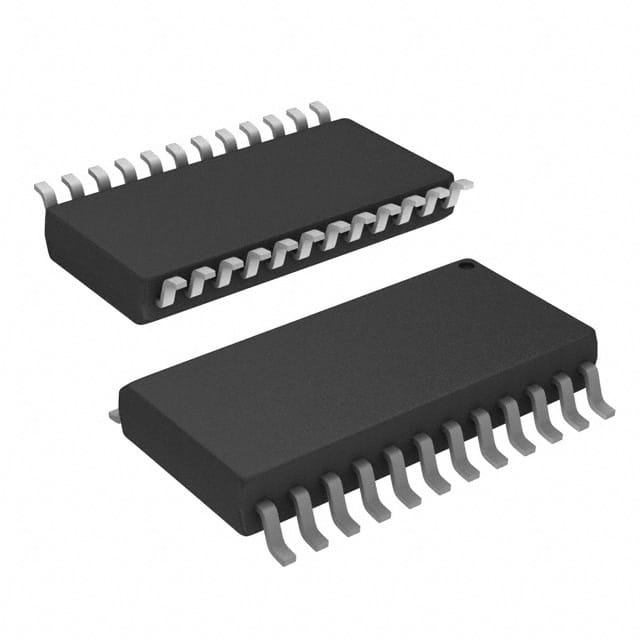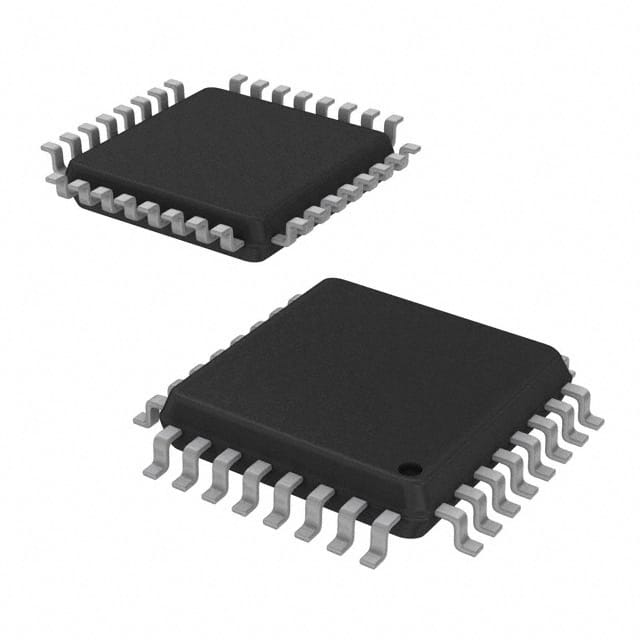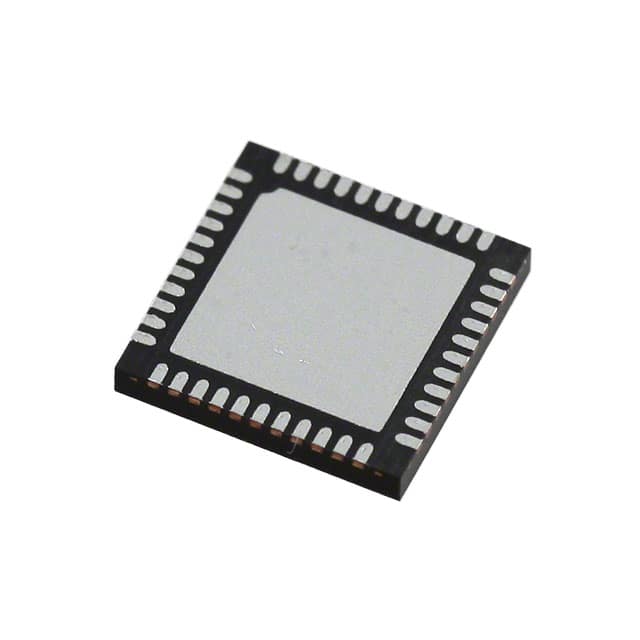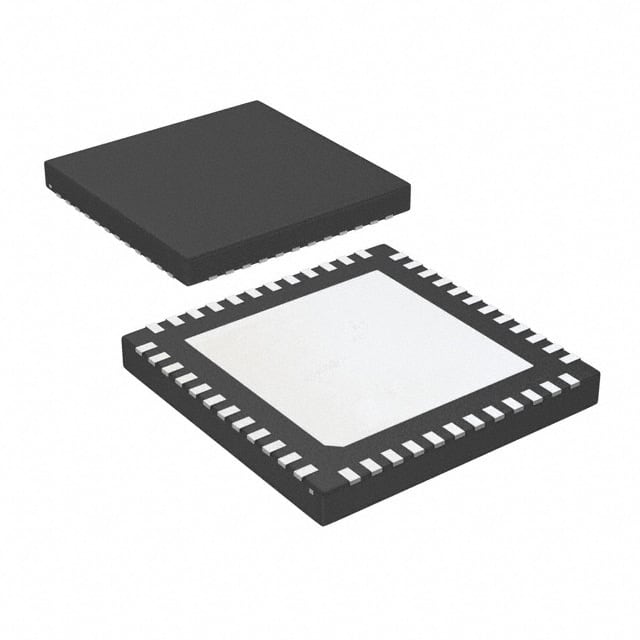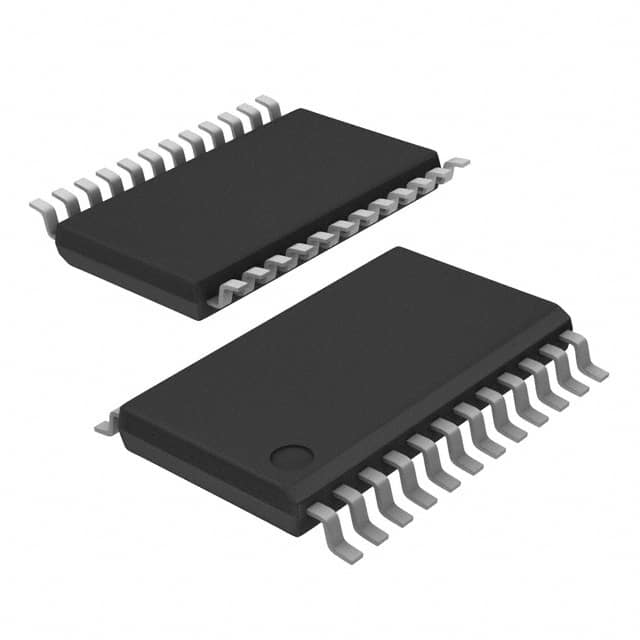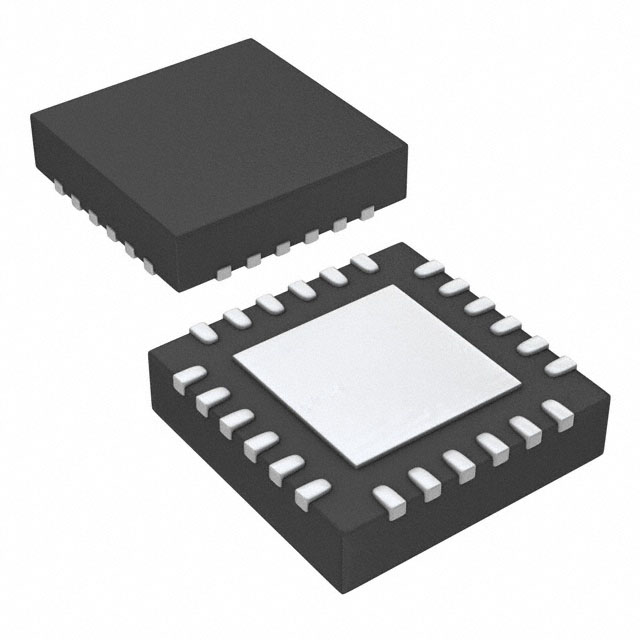LMX2531LQ2080E/NOPB Product Introduction:
Texas Instruments Part Number LMX2531LQ2080E/NOPB(Clock/Timing - Clock Generators, PLLs, Frequency Synthesizers), developed and manufactured by Texas Instruments, distributed globally by Jinftry. We distribute various electronic components from world-renowned brands and provide one-stop services, making us a trusted global electronic component distributor.
LMX2531LQ2080E/NOPB is one of the part numbers distributed by Jinftry, and you can learn about its specifications/configurations, package/case, Datasheet, and other information here. Electronic components are affected by supply and demand, and prices fluctuate frequently. If you have a demand, please do not hesitate to send us an RFQ or email us immediately sales@jinftry.com Please inquire about the real-time unit price, Data Code, Lead time, payment terms, and any other information you would like to know. We will do our best to provide you with a quotation and reply as soon as possible.
Introducing the Texas Instruments LMX2531LQ2080E/NOPB, a cutting-edge frequency synthesizer designed to meet the demanding requirements of modern communication systems. With its advanced features and exceptional performance, this product is set to revolutionize the industry.
The LMX2531LQ2080E/NOPB boasts a wide frequency range of 10 MHz to 10 GHz, making it suitable for a variety of applications. Its low phase noise and excellent frequency stability ensure reliable and accurate signal generation, even in the most challenging environments. The device also offers a high level of integration, with an integrated voltage-controlled oscillator (VCO) and a programmable divider, simplifying system design and reducing component count.
This frequency synthesizer is ideal for a wide range of applications, including wireless communication systems, radar systems, satellite communication, and test and measurement equipment. Its versatility and exceptional performance make it a perfect choice for applications that require precise and stable frequency synthesis.
The LMX2531LQ2080E/NOPB is designed with the highest quality standards in mind, ensuring long-term reliability and durability. It operates from a single 3.3V power supply, making it suitable for a wide range of power-sensitive applications.
In conclusion, the Texas Instruments LMX2531LQ2080E/NOPB is a state-of-the-art frequency synthesizer that offers exceptional performance, versatility, and reliability. With its advanced features and wide range of applications, it is set to become the go-to choice for engineers and designers in the communication industry.
Clock Generators are circuits or devices used to generate stable and precise pulses of electrical signals. The clock signal generated by it provides a unified time benchmark for various electronic devices, ensuring that the components of the device can synchronize operations and actions.PLL (Phase Locked Loop and phase-locked Loop) is a kind of circuit is used to control the frequency and Phase. It can convert the frequency and phase of an input signal into the frequency and phase of another output signal to realize the synchronization of frequency and phase. Frequency Synthesizers are devices that use one or more standard signals to generate a large number of discrete frequency signals through various technical approaches. It can realize precise control and adjustment of frequency to meet the needs of different application scenarios.
Application
Clock Generators are widely used in computer chips, digital circuits, radio communication, audio and video equipment and other electronic equipment. The clock signal generated by it is the basis for the normal operation of these devices, ensuring the stable transmission and processing of data. PLL (phase-locked Loop) is mainly used to detect and track the frequency and Phase of the input signal and convert it into a stable output signal. It can change the frequency of the input signal to achieve a specific purpose, such as signal synchronization, frequency conversion, etc. Frequency Synthesizers generate a series of high-precision frequency sources with a certain frequency interval through synthesis technology to provide the required frequency signals for various electronic devices. It is widely used in applications requiring accurate frequency control, such as radar, communications, electronic countermeasures and other fields.
FAQ about Clock/Timing - Clock Generators, PLLs, Frequency Synthesizers
-
1. What is a PLL clock generator?
A PLL clock generator (Phase-Locked Loop Clock Generator) is an electronic circuit used to generate and adjust a clock signal. It automatically adjusts the frequency of the internal oscillator by comparing the phase difference between the input signal and the output signal of the internal oscillator so that the phase of the output signal is synchronized with the input signal. PLL clock generator is mainly used to generate high-speed and stable clock signal to provide timing reference for communication system.
The key components of PLL clock generator include:
Phase detector: compare the phase difference between input signal and feedback signal.
Charge pump: adjust the voltage to control the frequency of VCO according to the output of phase detector.
Loop filter: smooth the output of charge pump and reduce noise.
Voltage controlled oscillator (VCO): change the oscillation frequency according to the control voltage to generate output clock signal.
-
2. How does Phase-locked loops(PLL) work?
PLL (phase locked loop) is a feedback control circuit that continuously adjusts the frequency and phase of the internal oscillation signal to synchronize with the input reference signal by comparing the phase difference between the input signal and the feedback signal. PLL is mainly composed of phase detector (PD), loop filter (LF), voltage controlled oscillator (VCO) and optional divider (Divider).
When PLL starts working, the frequency of input reference signal is always different from the inherent oscillation frequency of voltage controlled oscillator, resulting in constant phase difference. The error voltage output by the phase detector is converted into a control voltage through a loop filter and added to the voltage-controlled oscillator, so that its frequency is gradually adjusted to synchronize with the input reference signal and enter the "locked" state. If the frequency and phase of the input reference signal change, the PLL controls the frequency and phase of the voltage-controlled oscillator to track the changes of the input reference signal and re-enter the locked state.
-
3. What is the difference between PLL and oscillator?
The main difference between PLL and oscillator lies in their functions and features. PLL has the ability of phase locking and frequency tracking, which can provide higher frequency stability, especially in the presence of an external reference signal. Oscillators usually generate fixed-frequency signals and do not have these functions of PLL.
Specifically, oscillators are devices used to generate periodic signals. Common types include RC oscillators, LC oscillators, and crystal oscillators. RC oscillators have a simple structure and low cost, but poor frequency stability and accuracy; LC oscillators have good frequency stability, but are large in size and high in cost; crystal oscillators have extremely high frequency stability, but are expensive.
PLL is a feedback control circuit that can compare the output of the oscillator with a reference signal, generate a control voltage based on the phase difference, and thus adjust the frequency and phase of the oscillator to synchronize it with the reference signal. PLL can generate output signals with higher or lower frequencies than the reference signal, and is usually more complex to design and implement than oscillators, with higher power consumption and cost.
Whether to choose an oscillator or PLL depends on the specific application requirements. If a fixed frequency signal is required and cost and complexity are a concern, an oscillator is the appropriate choice. If precise frequency control and low phase noise are required and a stable reference signal is available in the system, a PLL is a better choice.
 Lead free / RoHS Compliant
Lead free / RoHS Compliant



